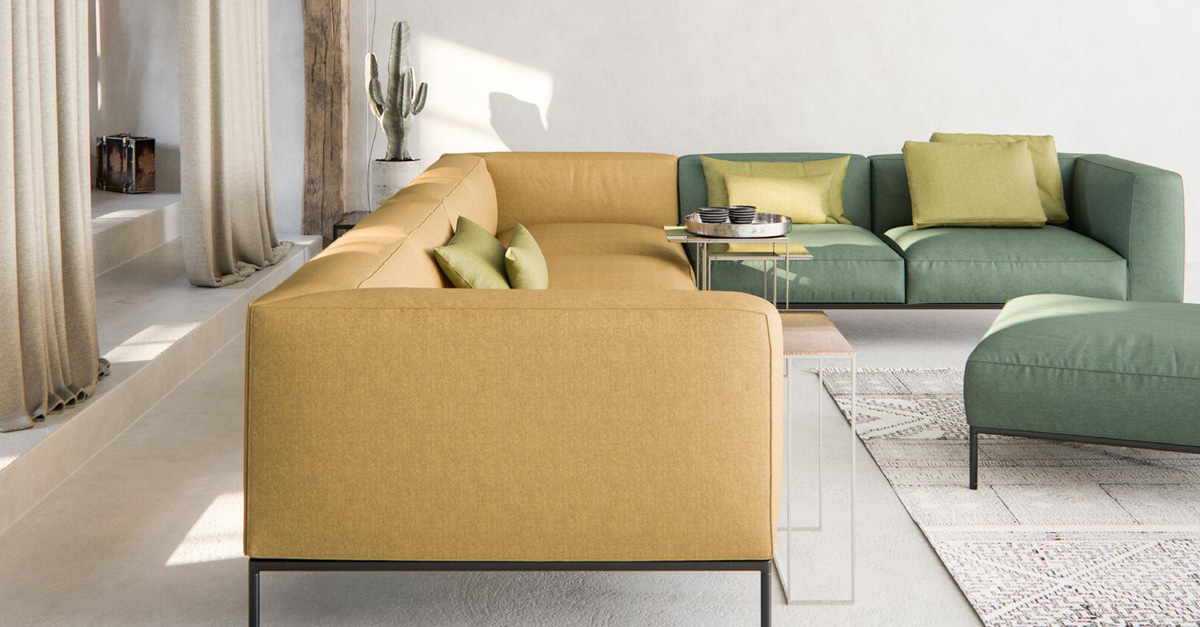
3D fabric rendering: A visual aid for the modern era
Published by Admin on
Mar 4, 2021 9:00:00 AM
We are living in a digital world.
Right now, you’re reading this on the screen of your laptop, smartphone or tablet. Maybe, you have an email notification on your smartwatch. Perhaps your children are learning online and it’s possible you’ll order your dinner via an app.
As of October 2020, almost 4.66 billion people were active internet users - that’s 59 percent of the global population. Mobile is the most important channel worldwide for internet access as mobile internet users account for 91 percent of the total number of users online.
While the pandemic changed the world, it also revealed that countries with robust digital infrastructure and individuals with access to connectivity and digital resources could adapt to a quickly evolving virtual lifestyle. Businesses that could pivot to meet the needs of a digital society were also at an advantage and we all learnt that, in order to well and truly thrive, we would have to be flexible and accept that digital is our new normal.
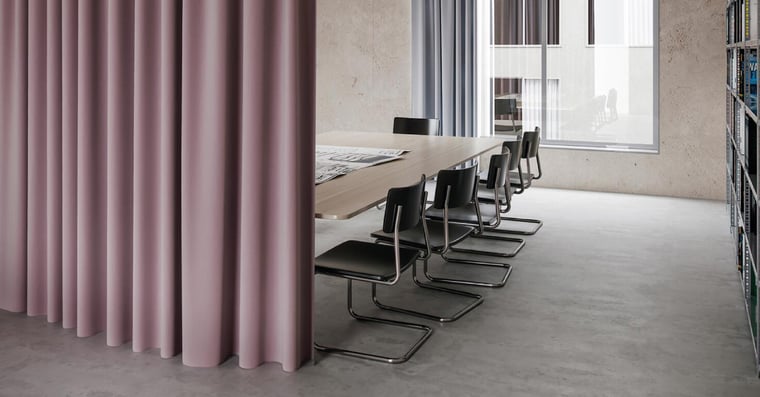
What This Means For Fabrics
The fabric industry has always heavily relied on sensory interaction. It’s why sample books, mood boards and furniture prototypes have had to be made so people could have a tactile experience in order to engage with a design or product. But, the rapid shift towards digital has changed things for fabrics in key areas:
- People are realising that physical samples are not only outmoded but also cumbersome and add to the environmental impact of the industry
- Businesses want to be able to expand into new territories without brick and mortar stores or engage clientele around the world without the need for a showroom
- More industries are shifting to online platforms where business can be conducted remotely and resources exist digitally to facilitate more efficient and faster transactions.
For something that has always needed to be presented in person, it’s clear that fabrics needed to adapt to a digital era and it is doing so quite successfully thanks to technological innovations that allow fabrics to be visualised and utilised in exciting new ways.

Screen Time
A key driver in the growth of digital access has been smartphones and smart devices. Thanks to some healthy competition in the industry, smartphone and tablet screens have improved drastically in a short period of time, boasting high definition resolution. For the fabric industry, this means you can welcome someone into a digital fabric library through their smart device and have digital fabric twins do the same job as a physical sample.
Twinbru has digitised over 10,000 Bru fabrics, creating digital twins that are identical in colour, texture and even movement of the physical fabric. Even on a smartphone or tablet, these fabrics can clearly be viewed, making it easy for potential customers to access selections for their project. Whether you’re a textile designer or furniture designer, this kind of access opens up your target market and takes your business to all corners of the globe.
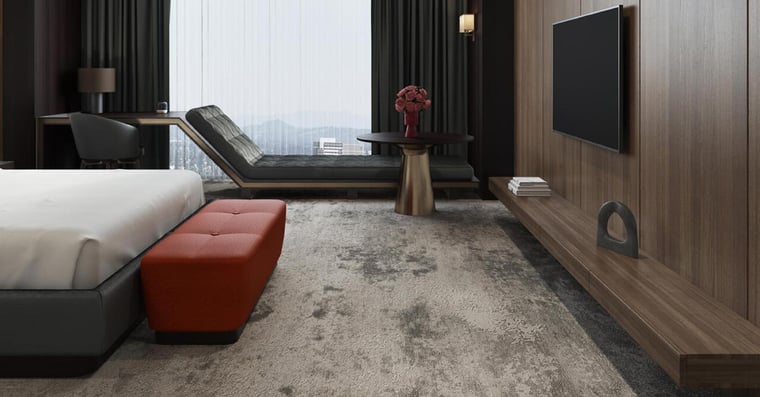
5G And VR
While our smart devices are helping us live in a new way now, we must also look to the future. 5G networks will increase bandwidth, connectivity speed and reduce latency - the time it takes for a connected device to make a request from a server and get a response - to virtually zero. Because of this development, VR technology can finally reach its potential for consumers.
VR is already well-known for its esports and gaming application but, in conjunction with 5G, VR can be expanded to more industries such as medicine, education and, of course, design. Interior designers will be able to take clients on a walkthrough inside their design with every element in the room so lifelike, the client will feel they can touch it. This includes the fabrics used for drapery, cushions and upholstery that can be inspected up close as if the design was already in existence. Furniture designers and textile designers will be able to inspect their design concepts by inputting data into modeling software and overseeing the creation of a virtual prototype before they spend money to create the real product - a huge saving in time and costs!
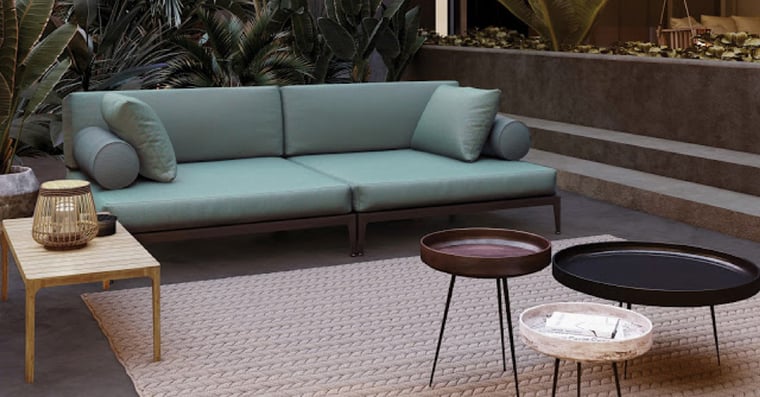
Gaming: The Next Frontier
Thanks to this rapidly improving digital world, gaming worlds are having to keep up by creating simulated environments that are increasingly realistic. Maintaining the pace of improvements in screens and VR has meant that game design companies are employing interior designers and seeking out partnerships with companies like Twinbru to create lifelike spaces for game characters.
Architects are consulting to design buildings within fictional cities so characters can move through realistic spaces. Then, interior designers provide their expertise to create rooms aligned to certain characters or storylines. There’s even a new sector of interior design gaming where anyone with a flair for design could potentially use real-world products to design fictional spaces and exercise their creativity. With game designers pushing to shift to VR platforms, these rooms need to have a tactile appeal and designers are encouraged to include little details like textured fabrics in the drapery and upholstery, just as a production designer does for a film or TV show set. The investment in fabric modeling and rendering pays off for interactive media where gamers can get a truly immersive experience.
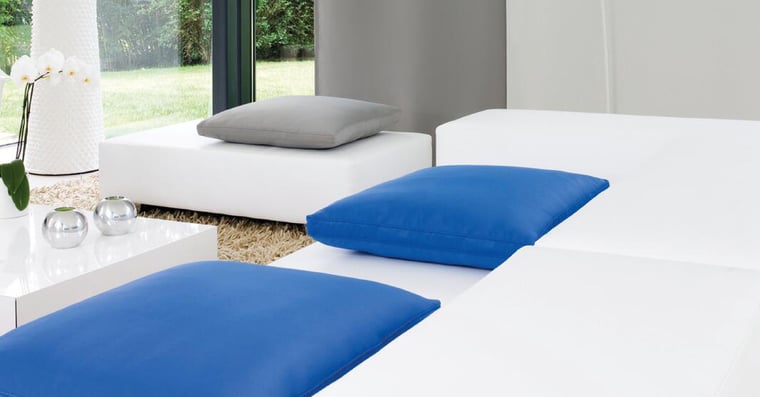 The Only Constant Is Change
The Only Constant Is Change
It’s evident that the business world is now thinking digital. With greater agility and a means to more closely engage consumers, the world of fabrics and its associated industries can be more forward-thinking in the approach to conducting business in the 21st century with visual aids that not only inform but also excite and ignite a passion for design. Close the imagination gap with Twinbru and discover how we can boost your digital transformation with our state-of-the-art services.
Tags:
Colours,
Designer,
Architecture,
Quality,
Trends,
3D Rendering,
3D Modeling,
customer service,
Technology